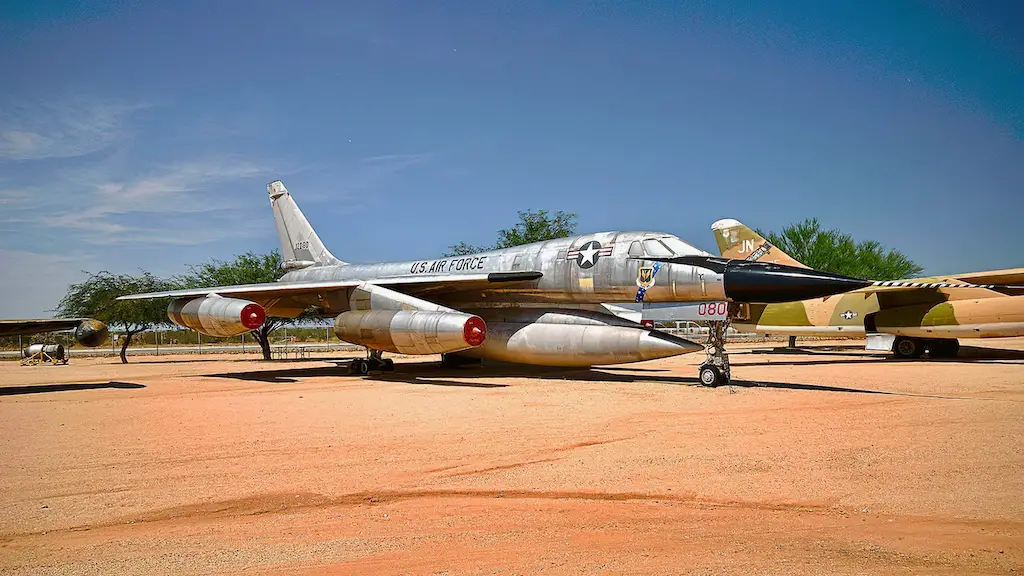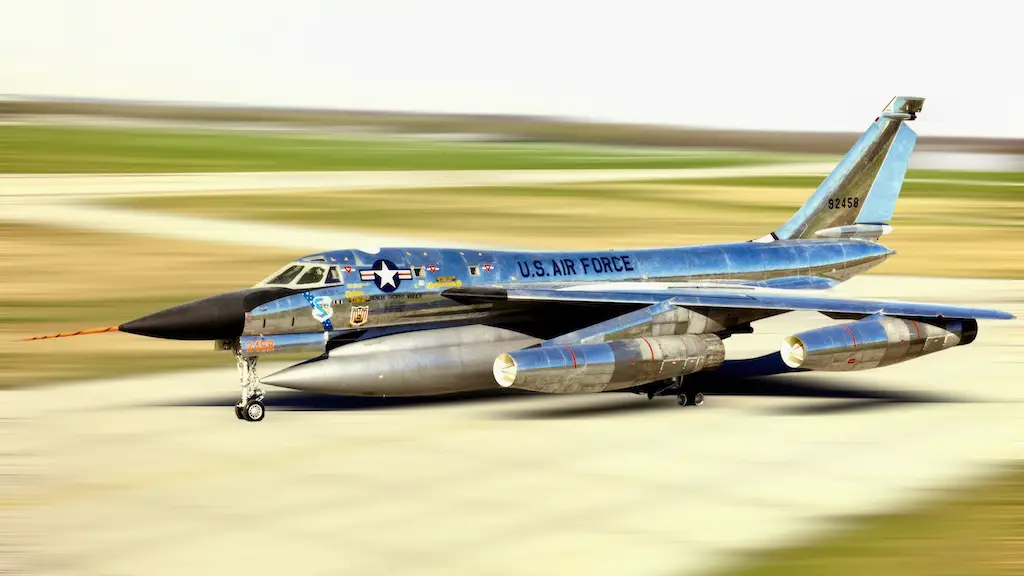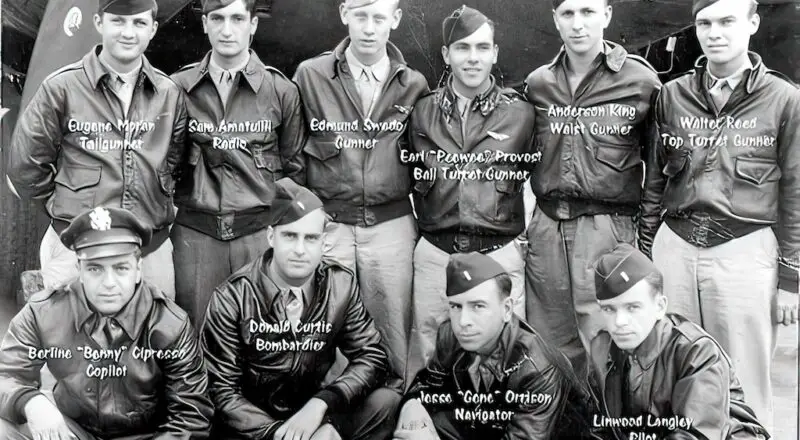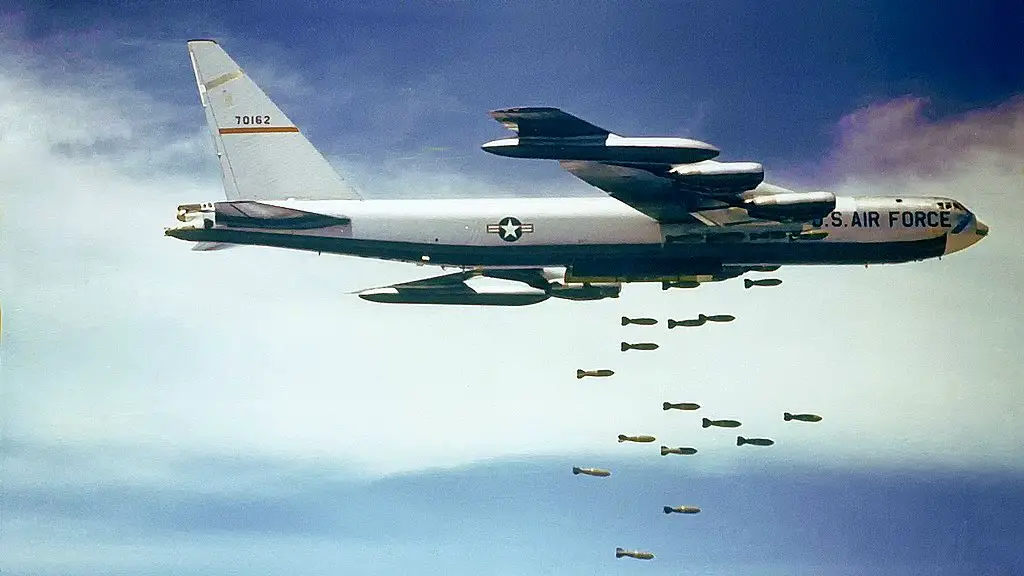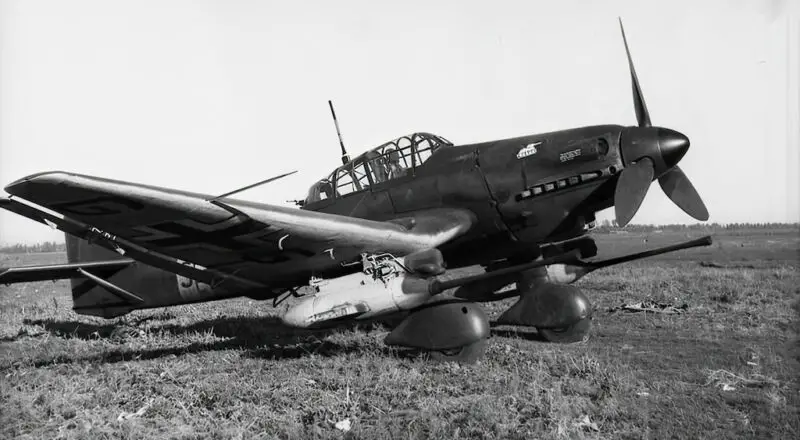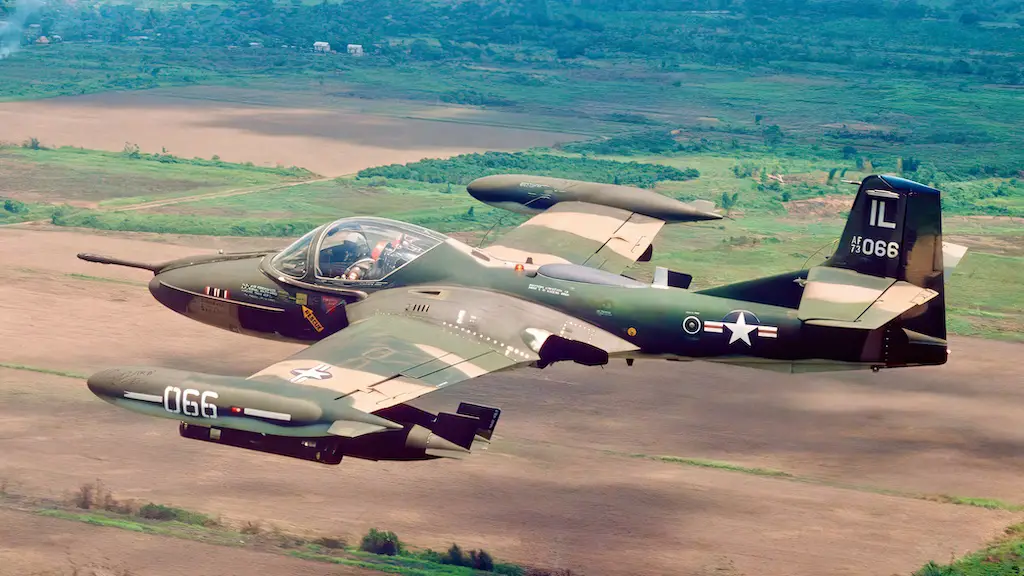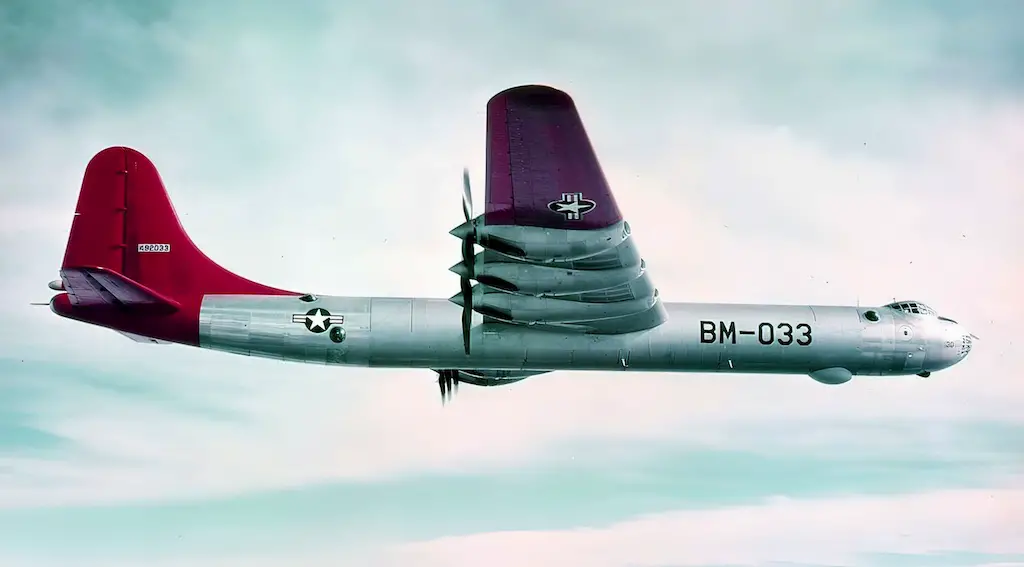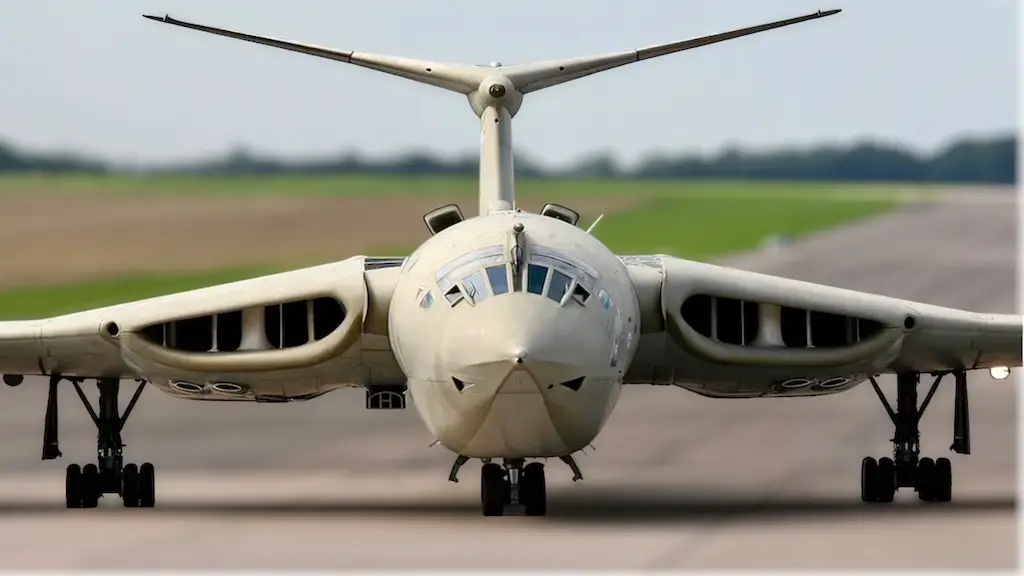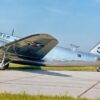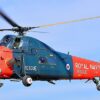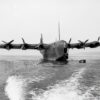Technology
Jet engine technology was all the rage following WWII. On both sides of the iron curtain, the engineers were trying to develop new designs to create new aircraft types. Initially, the limitations of sub/supersonic speeds were poorly understood, which led to over engineering and impractical designs. But engineers soon gained a solid grasp on optimizing their designs.
Soon after Germany was defeated, the U.S. and USSR were at each other’s throats, and one thing was clear if there was to be a war between those two, the side which hits first with nukes had a higher chance of winning.
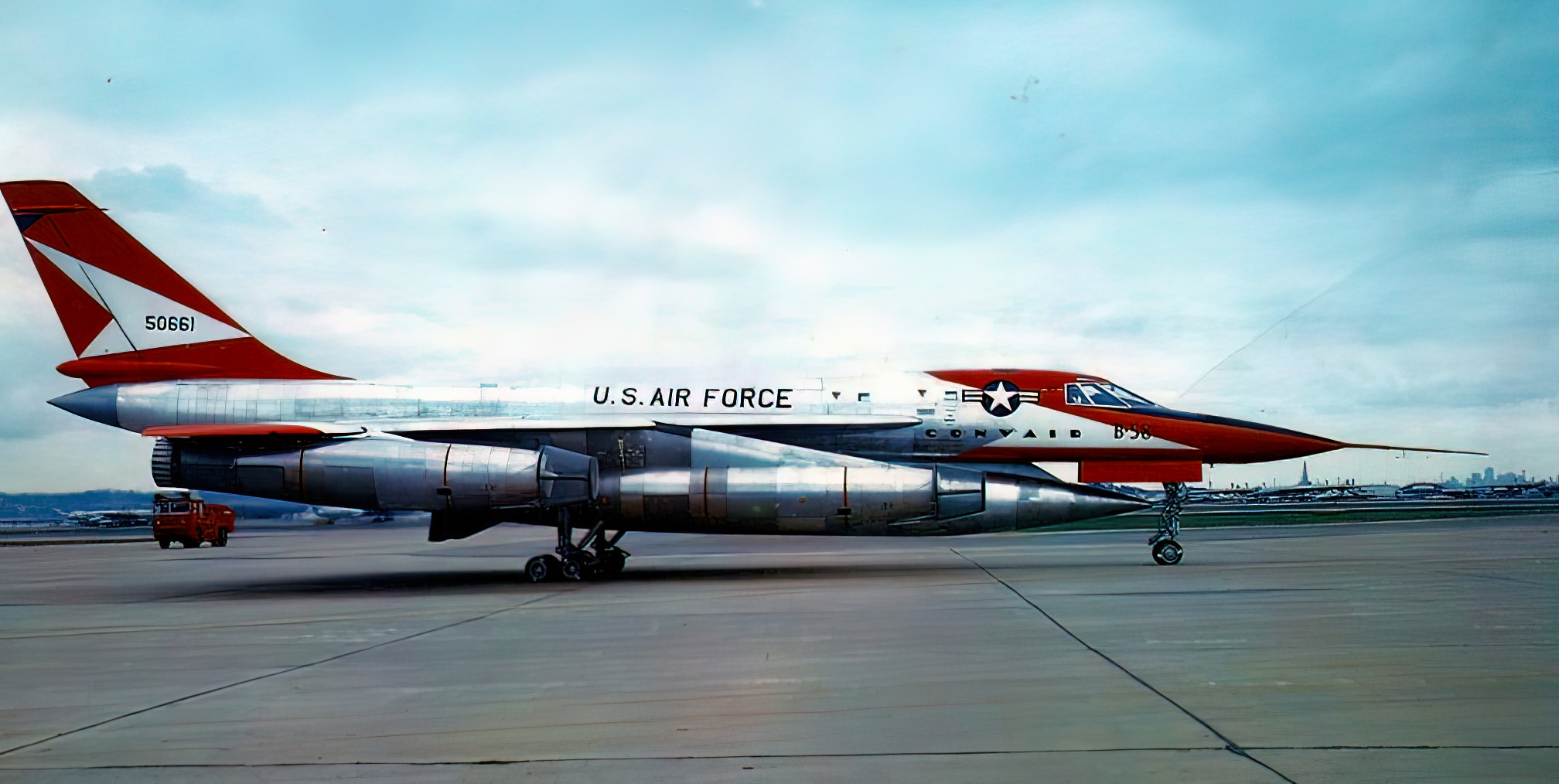
Speed of Sound
At this time, intercontinental ballistic missiles (ICBM) were not yet created, and there was only one option on the table when it came to penetrating deep into the enemy territory and dropping a Nuke; a supersonic bomber. Ideally, this type of aircraft would be capable of reaching other continents at high altitudes while carrying a nuke.
One of the more promising (in relative terms) penetration bombers made by the U.S. was the Convair B-58 Hustler. It had its maiden flight on November 11th, 1956, and 44 days later, it managed to exceed the speed of sound. Its highest speed ever recorded was 1324 mph.
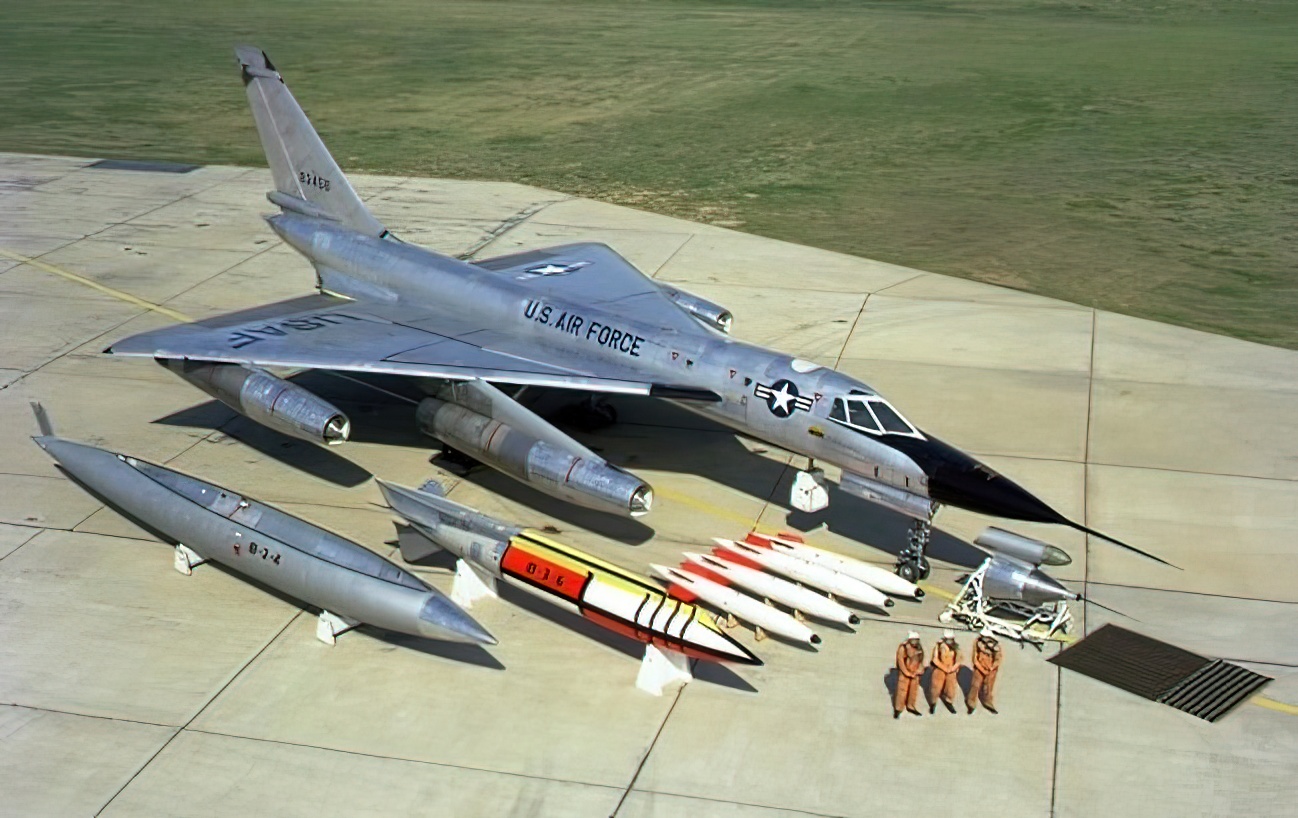
Performance
The test pilots were very impressed with the aircraft’s performance; it was easy to control and was regarded as one of the safest jets for refueling in the air. Moreover, according to the experts, the plane could reach about 87% of targets located on the territory of the USSR. The aircraft also had a 70,000 ft operation ceiling, a maximum range of 5,200 nautical miles, and a 48,100 lb payload.
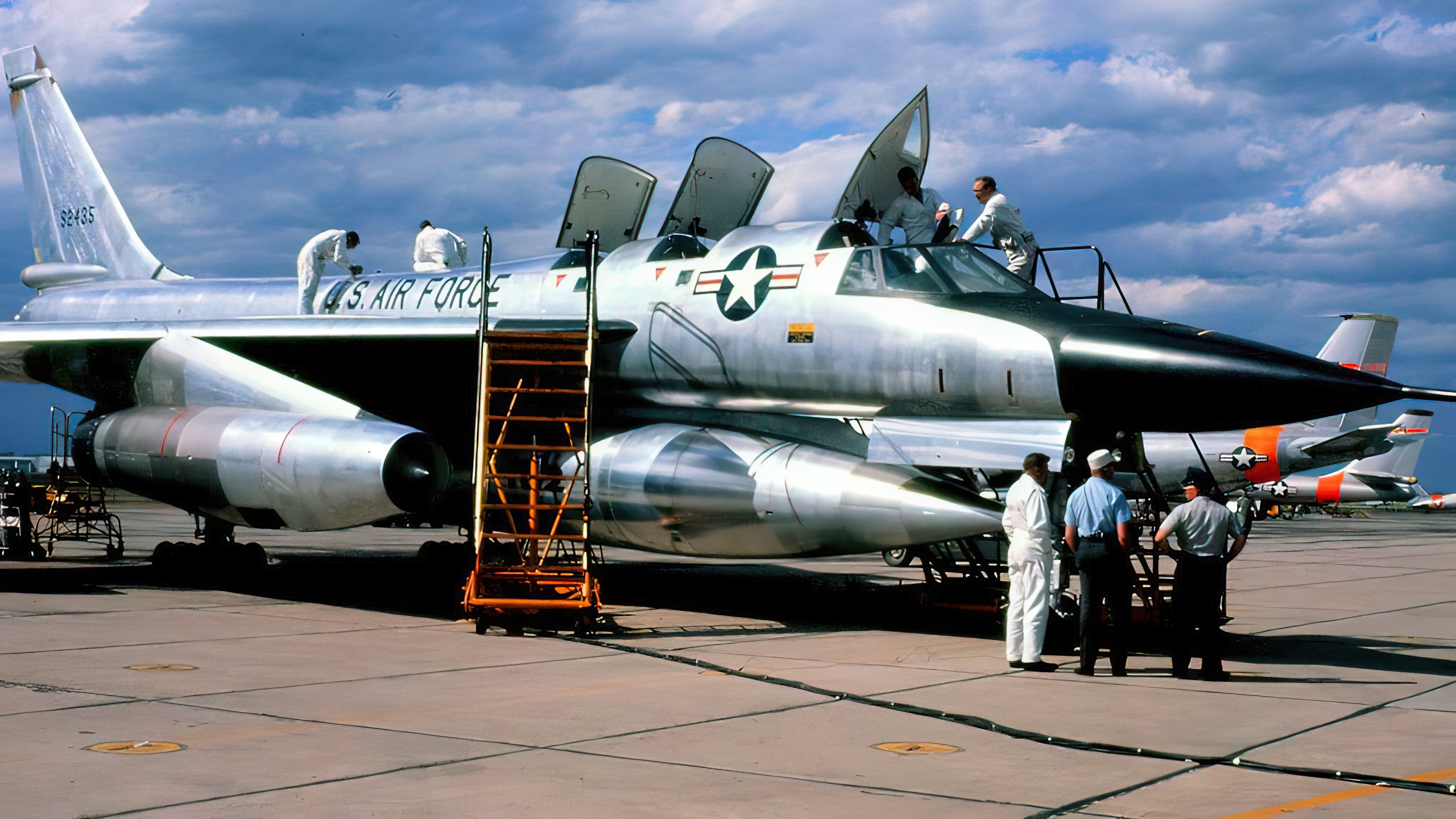
Ashtray!?
Apparently, there were not only one but three ashtrays in the cockpit because it was the 60s, and why wouldn’t the Airforce let their pilots enjoy a cigarette while flying the bomber? While the Aircraft was promising, its service didn’t last long. Hustler simply couldn’t stay operational long enough, required a lot of maintenance, and cost a lot.
Escape capsule
When the supersonic B-58 Hustler entered service in 1961, it had individual ejection seats for its three crew members. However, ejection at speeds above 665 mph was extremely hazardous. To improve ejection survivability, the Stanley Aircraft Corp. developed a high-speed high-altitude capsule ejection system that would allow safe ejection at supersonic speed.
The capsule was adopted for retrofit beginning in late 1962, making the B-58 the first USAF aircraft with a capsule ejection system. It was effective throughout the flight envelope up to 70,000 feet and twice the speed of sound.
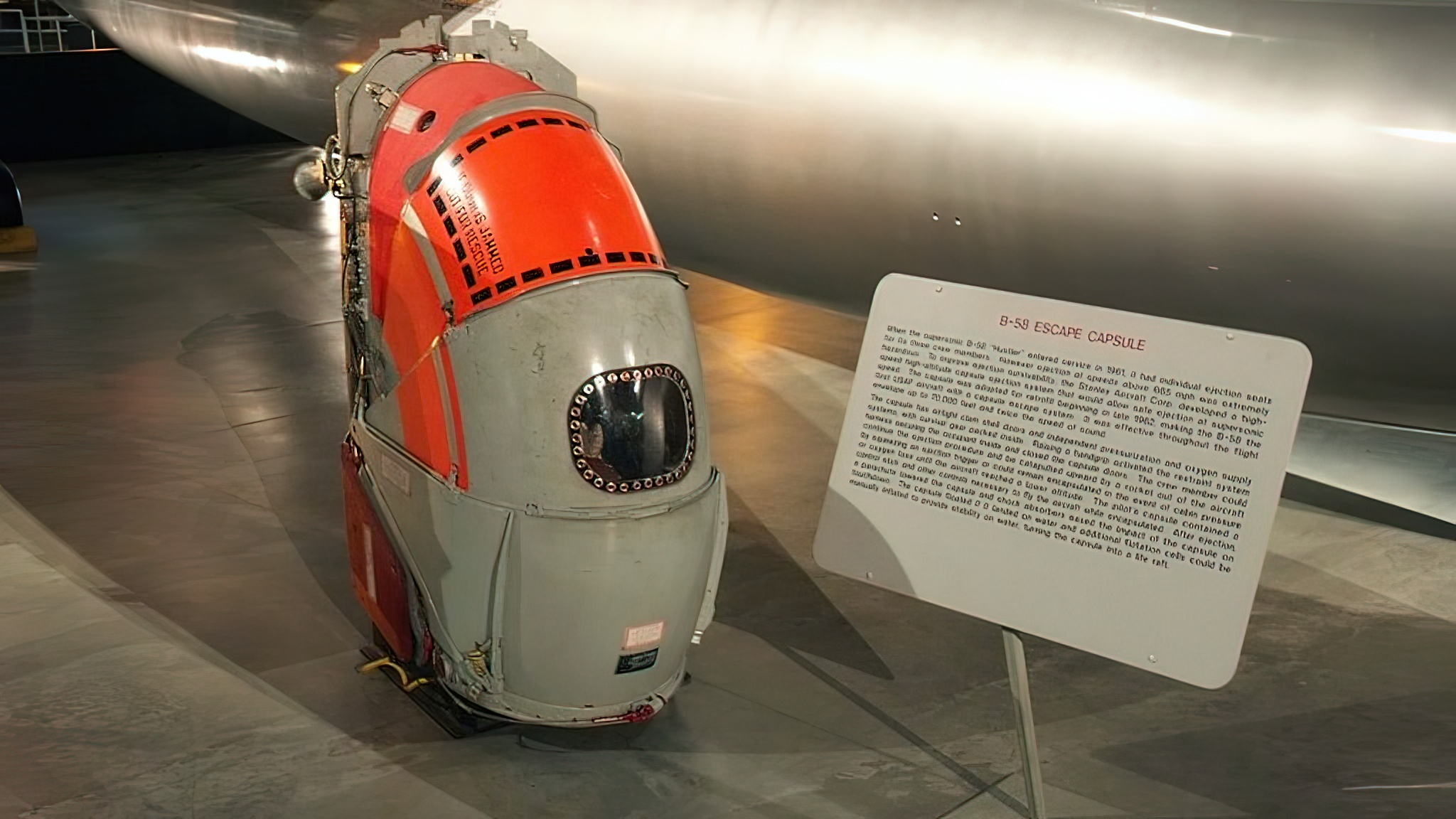
The capsule has airtight clam shell doors and independent pressurization and oxygen supply systems, with survival gear packed inside. Raising a handgrip activated the restraint system harness securing the occupant inside and closed the capsule doors. The crew member could continue the ejection procedure and be catapulted upward by a rocket out of the aircraft by squeezing an ejection trigger or could remain encapsulated in the event of cabin pressure or oxygen loss until the aircraft reached a lower altitude.
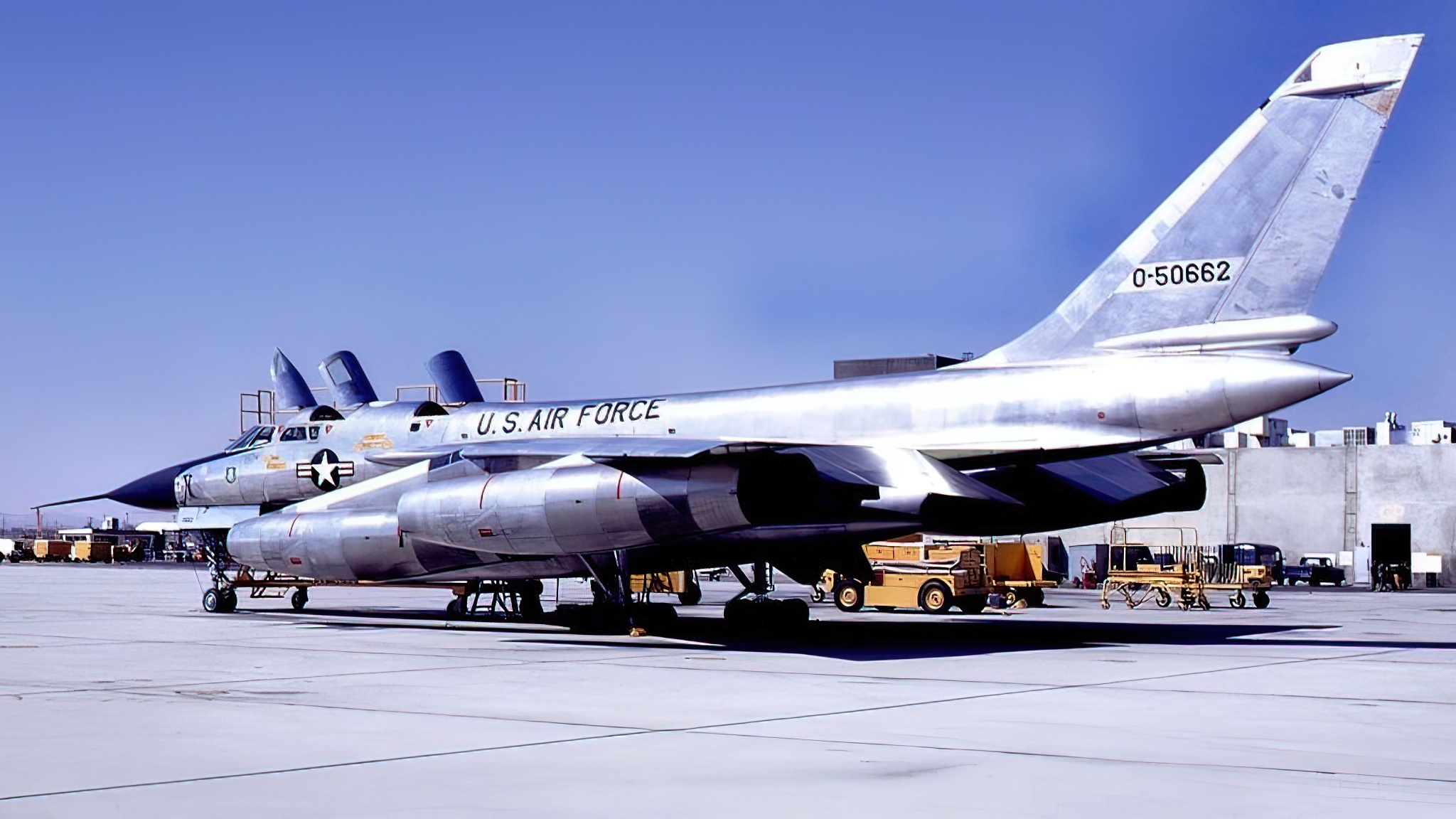
The pilot’s capsule contained a control stick and other controls necessary to fly the aircraft while encapsulated. After ejection, a parachute lowered the capsule and shock absorbers eased the impact of the capsule on touchdown. The capsule floated if it landed on water and additional flotation cells could be manually inflated to provide stability on water, turning the capsule into a life raft.
Safety issues
Additionally, time had shown that it wasn’t the safest aircraft; by the time it was retired, 26 of the 166 aircraft were lost to accidents. What remained of the fleet was sold for scrap metal in 1977-1979. Currently, there are four B-58s on museum expositions, all located at the home bases. The idea of a penetration bomber was later completely scraped with the development of ICBMs.
